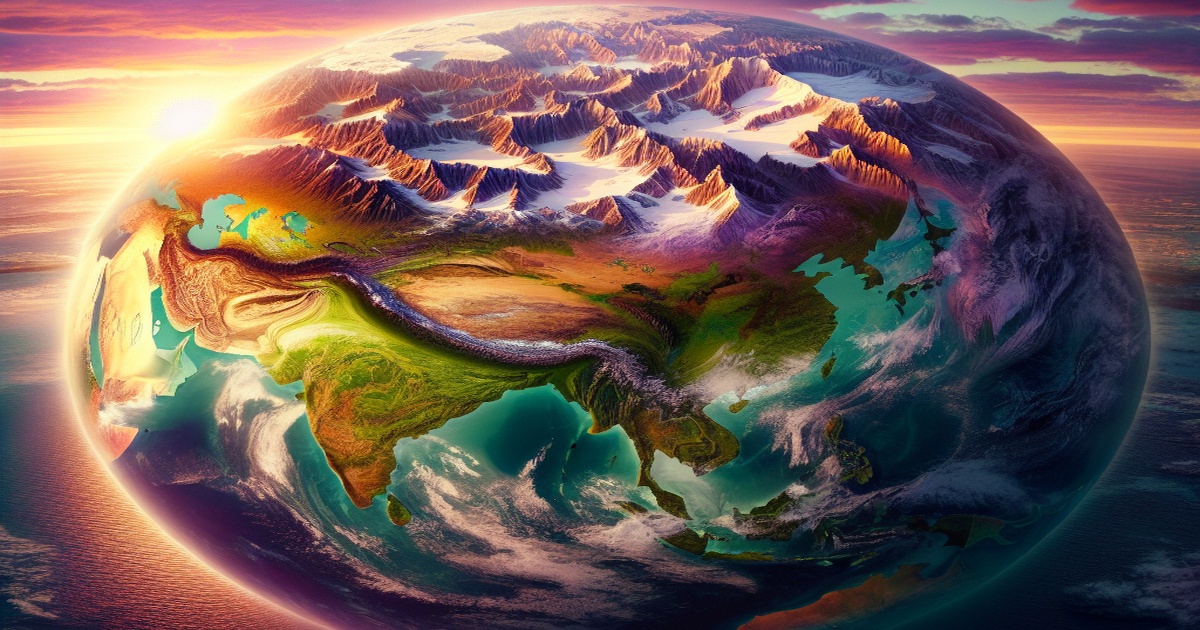According to researchers from Curtin University, a significant transformation is set to occur in Earth's geography over the next 200 to 300 million years, leading to the formation of a supercontinent known as Amasia. This prediction, detailed in a recent study published in the National Science Review, foresees the eventual disappearance of the Pacific Ocean as North and South America collide with Asia. Such movement will drastically reshape the planet's ecosystems and geographical layout.
The origin of the Pacific Ocean, known as Earth’s oldest and largest ocean, traces back to the remnants of the Panthalassa super ocean from around 700 million years ago. Its gradual shrinking, estimated at a few centimeters each year, will culminate in the merging of the Americas, Asia, and Australia into a vast supercontinent. Profound environmental transformations are expected, according to co-author Professor Zheng-Xiang Li, who asserts that Amasia will lead to lower sea levels and an increasingly arid interior, characterized by extreme temperature shifts.
This unification of continents will greatly hinder ocean currents, which may lead to substantial changes in global climate. The merging habitats could pose extinction risks and adaptation challenges for diverse ecosystems and isolated species. Although Australia’s name is not present in the term "Amasia", it is anticipated to play a pivotal role in the formation of this new supercontinent, initially colliding with Asia before acting as a connecting landmass between Asia and the Americas.
While Amasia is currently the most endorsed theory regarding future continental configurations, other ideas exist. Geologist Christopher Scotese proposes an alternative model called Pangaea Proxima, where Antarctica moves northward to join Africa and South America, creating a different continental arrangement. Both theories underscore the fundamental nature of continental collision driven by the slow movement of tectonic plates, as noted by Scotese.
While the formation of Amasia is a distant prospect, the study offers valuable insights into Earth's long-term evolution and its implications for ecosystems, climates, and geology on a global scale. Professor Li reflects on the rich diversity of ecosystems and cultures that inhabit our planet today and the dramatic transformations they will undergo in hundreds of millions of years.







6 Comments
KittyKat
The shrinking Pacific Ocean is an exciting topic. It illustrates the slow yet relentless nature of Earth's evolution.
Katchuka
It's humbling to realize how small our experiences are in the grand timeline of Earth’s history.
Loubianka
This research really sparks the imagination! I'd love to see more detailed models of future Earth scenarios.
BuggaBoom
It's essential to grasp the profound changes that our planet will go through. Thank you for sharing this insightful study!
Habibi
This study opens up such interesting discussions about our planet's future and the dynamics of tectonic plates!
Leonardo
Fascinating! It's incredible to think about how our planet will evolve over millions of years.